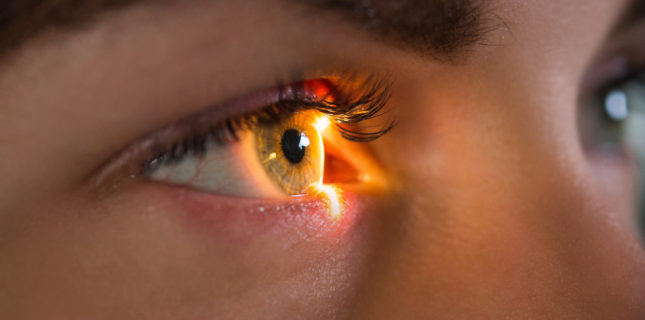
Glaucoma…Need-to-know info
There’s good news and bad news. The good, according to the results of a study of patients who are on IOP-lowering medication is that 84% of those glaucoma patients surveyed understood what they were taking and why. The bad news? According to the results, as reported by Devers Eye and Casey Eye Institutes in Portland, OR, 11% did not and, in fact, denied their diagnosis.
Tip: Glaucoma patients who are seen more frequently by their O.D. have a much better understanding of their condition.
Serious + Sad Stats
There are currently 3 million Americans suffering from glaucoma, and some of them and their family members are patients in your practice.
The Glaucoma Research Foundation (GRF) shares several sorry stats about glaucoma patients and problems:
• UNDERSTANDING. While the Oregon study found that most current glaucoma patients understand their condition, GRF determined that 9% of Caucasians and 16% of African Americans surveyed were completely unfamiliar with glaucoma.
• FREQUENCY. In a survey of 1,000 people, only 61% of those who reported they get eye exams at least every two years said they receive dilated exams. That is, of course, the best way to detect glaucoma.
• DETECTION. Prevent Blindness (PBA) research found that nearly one third (30%) of those surveyed had never heard of glaucoma, and another 50% were familiar with the term, but didn’t know what it was.
Chair + Office Time
• UNDERSTANDING. The Oregon study suggested that longer-term patients, and those who are seen more frequently, have a better understanding of their condition.
• TIME. According to the American Optometric Association (AOA), that’s one of many reasons it has suggested that optometrists spend more time with these patients.
• RESOURCES. The AOA also strongly suggests supporting the patient and family with additional resources.
Patient + Family Resources
Following is a range of resources and online destinations where you can access everything from speaker-ready presentations and online posts to patient pamphlets and in-office information:
• READING. Glaucoma Pamphlet: Answers to Your Questions
Source: http://store.aoa.org
• EDUCATION.
Community educational session resources
https://nei.nih.gov/nehep/programs/glaucoma/toolkit
and Understanding and Living with Glaucoma
• POSTS. Social media posts on glaucoma
https://nei.nih.gov/nehep/programs/glaucoma/social-media
How have you educated patients, family members, and your community at large about glaucoma? Tell us what you and your staff do to make a difference and share in the conversation on Facebook here.
Comments are closed.







